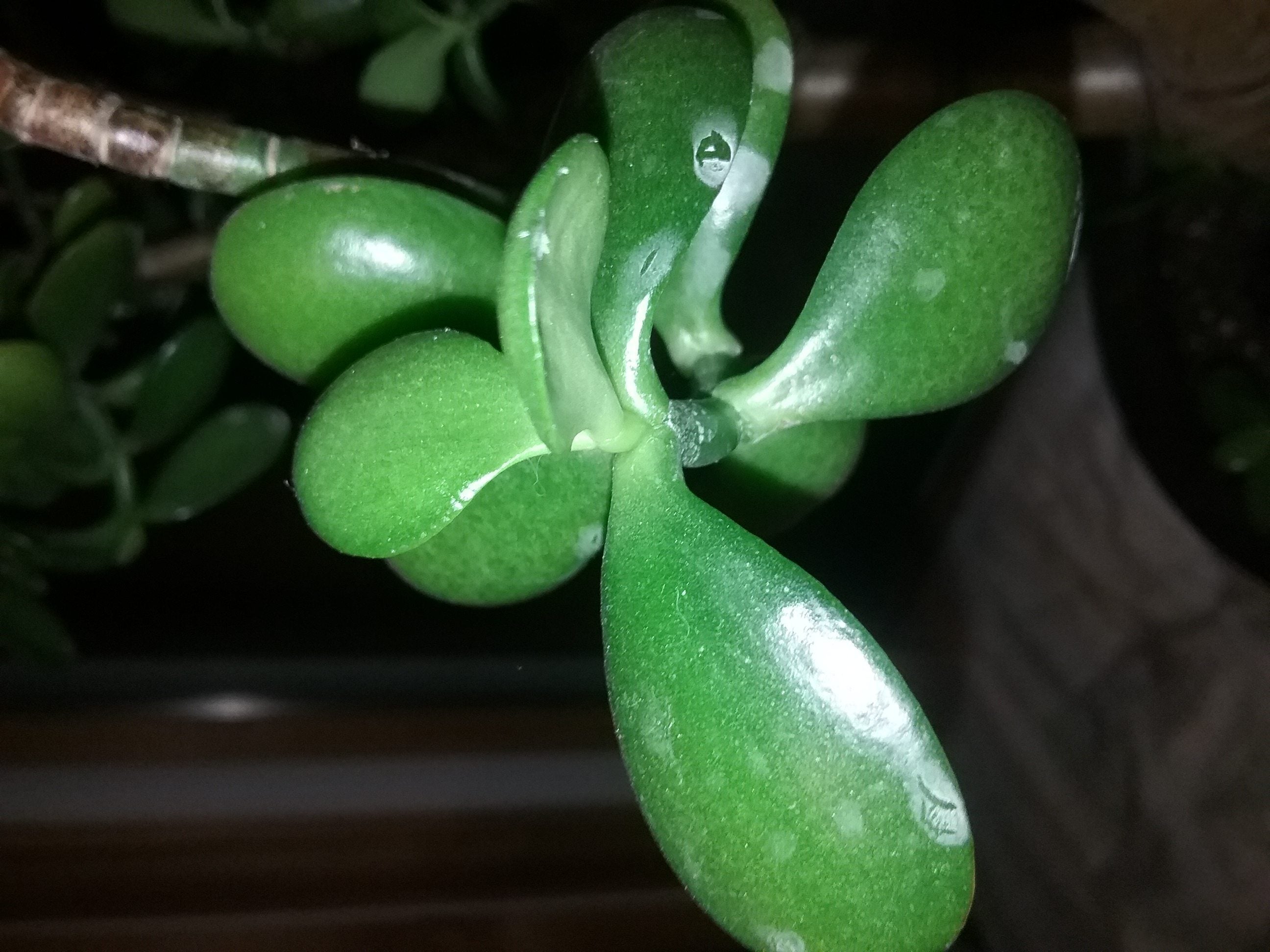White Spots On Jade Leaves: How To Get Rid Of White Spots On Jade Plants
White spots on jade plants signal the need for some attention and treatment, but do they appear as dots, fuzz or overall whitewash? Learn which is which.


White Spots On Jade Plant: What They Mean For Your Succulent
Most of us recognize the jade plant succulent. It has chubby leaves and a thick but tender trunk (when young). There are several varieties common to house plant growers. Succulents are universally known as easy-to-grow plants with few maintenance requirements. Most tolerate heat, bright light, and periods of drought. However, succulents do need well-draining soil and low humidity in most cases.
The causes of white spots on jade plant leaves could be cultural or environmental.
What Causes White Spots on a Jade Plant?
Jade plant white spots may be a cause for some concern. If the plant is not normally adorned with these marks, it’s likely there is an issue. It could be bugs, excess moisture, high humidity, or something else.
Identifying the problem starts with a close look at the white dots on jade plant leaves. Are they flat, and dusty or do they move? Flat spots could be a fungal disease. Dusty dots are also fungal, likely powdery mildew. If the fuzzy spot moves, it could be mealybugs, which are tiny, fluffy white insects.
What to Do About White Spots on Jade Plants
While most mildews and fungal spots will appear as browning, necrotic areas, an initial infection can show up as small whitish blobs. These may be irregular or uniform. Fungal disease is common in succulent plants, primarily in the winter months.
Overwatering, excess ambient moisture, poorly draining or previously infected soil, and plastic or heavily glazed pots that retain moisture may all be culprits. If you suspect a fungal disease, and if other symptoms like leaf drop and soft stems accompany the white spots, remove the jade plant from the soil. Check the roots for disfiguring marks, softness, odor, and dark spots. If the infection is mild, prune away bad roots and repot the plant in fresh, well-draining soil.
What Is the White Fuzz on My Jade Plant?
An overall cast of powdery, whitish fuzz on the leaves and occasionally the stems of the jade indicate powdery mildew on jade plants. This is also common in the winter months, where low light and cold temperatures create a cool atmosphere. In such conditions, soil and leaves do not dry out quickly. This is an opportunity for several fungi that develop into powdery mildew.
Sign up for the Gardening Know How newsletter today and receive a free copy of our e-book "How to Grow Delicious Tomatoes".
Avoid watering overhead and instead, introduce water directly to the roots. Only water when the soil is dry to the touch and half-water in the winter. Segregate infected plants because the tiny spores can spread from plant to plant. Remove any infected leaves and stems. A fungicide spray containing sulfur may be necessary in severely infected plants.
How to Get Rid of Mealybugs on Jade Plants
If white dots on jade plants move, you have a pest problem. White fuzz on a jade plant could be mealybugs. These are unarmored scale insects that suck sap from plant parts. Their nymphs are tiny, creamy and fuzzy. As they feed, they excrete a substance called honeydew which can become a habitat for sooty mildew, a fungus.
If you see tiny, fuzzy, dots on jade plant parts, wipe them gently with rubbing alcohol. Wipe the plant stems and leaves vigilantly for several days until all signs of the insects are gone.

Bonnie Grant is a professional landscaper with a Certification in Urban Gardening. She has been gardening and writing for 15 years. A former professional chef, she has a passion for edible landscaping.